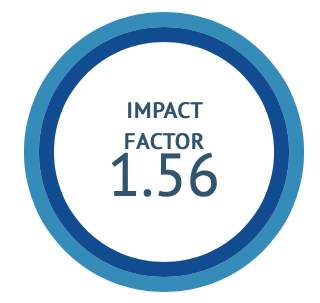Development of a machine learning-based Parkinson's disease prediction system through Ayurvedic dosha analysis
DOI:
https://doi.org/10.47552/ijam.v14i1.3228Keywords:
Tridosha, Logistics Regression, Dimension Reduction, XGBoost, Kernel-SVM, UPDRS-II, NMSQAbstract
The development of a machine learning (ML) based prediction model for Parkinson's disease (PD) using Ayurvedic literature is very rare in practice. In modern era of digitization and artificial intelligence this lack leads us for developing a significant and useful predictive model for PD in light of Ayurveda. As in contemporary Ayurvedic literature, PD has not been fully classified according to all of its motor and non-motor symptoms, with the exception of Kampavata or tremor, one of the cardinal motor symptoms of PD, we have taken the help of MDS-UPDRS-II and MDS-NMSQ scaling system as an initial input for this purpose. Based on the available literature, we determined our tridosha score using these scales, which become our main inputs to the ML algorithm, along with other general health attributes such as age, sex, and BMI. We applied various ML algorithms and ranked our best ML model based on their performance. For training and testing purposes, we used the Fox Insight dataset with n = 80,916 records including PD and control. Finally, we found that Kernel-SVM, SVM, Logistics Regression (LR), and XGBoost are our four most accurate algorithms, with an accuracy more than 92.5% with no dimensionality reduction applied. Here we chose the LR model as our best ML model, depending on the lower false positive rate of 0.045 with an accuracy of 92.6%. The designed LR model is statistically significant with χ2(6) = 70703.137, p =0.000. The LR coefficient was also calculated for probability analysis and future implementation of digital Ayurveda-based PD prediction applications.
Downloads
Published
How to Cite
Issue
Section
License
Copyright (c) 2023 International Journal of Ayurvedic Medicine

This work is licensed under a Creative Commons Attribution 4.0 International License.
The author hereby transfers, assigns, or conveys all copyright ownership to the International Journal of Ayurvedic Medicine (IJAM). By this transfer, the article becomes the property of the IJAM and may not be published elsewhere without written permission from the IJAM.
This transfer of copyright also implies transfer of rights for printed, electronic, microfilm, and facsimile publication. No royalty or other monetary compensation will be received for transferring the copyright of the article to the IJAM.
The IJAM, in turn, grants each author the right to republish the article in any book for which he or she is the author or editor, without paying royalties to the IJAM, subject to the express conditions that (a) the author notify IJAM in advance in writing of this republication and (b) a credit line attributes the original publication to IJAM.




